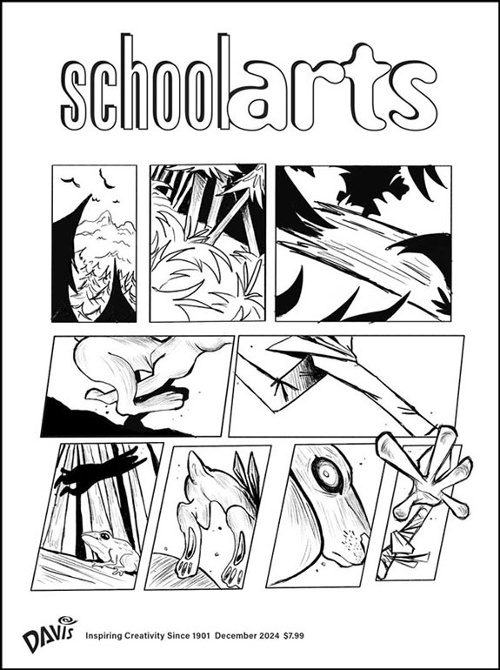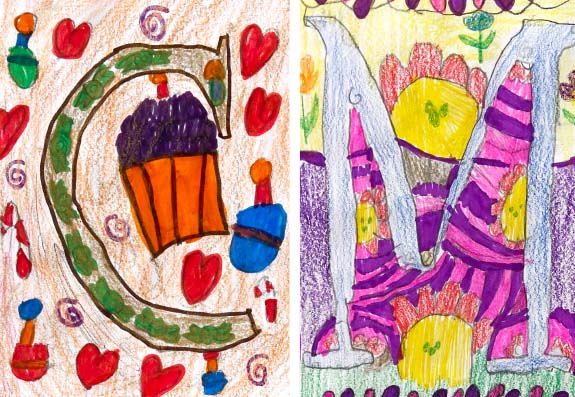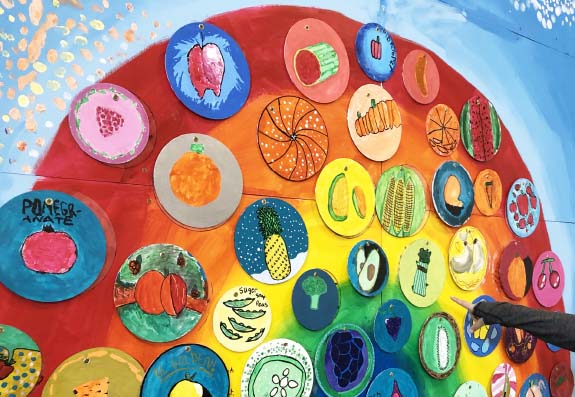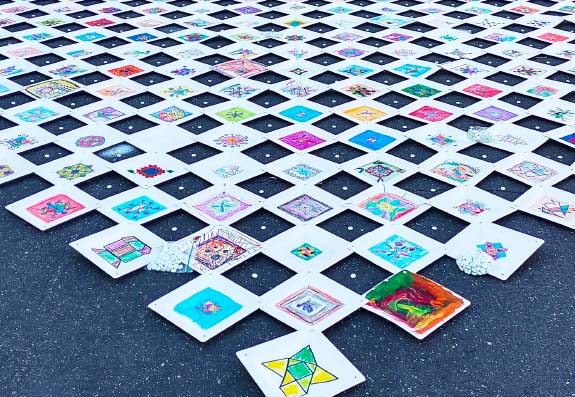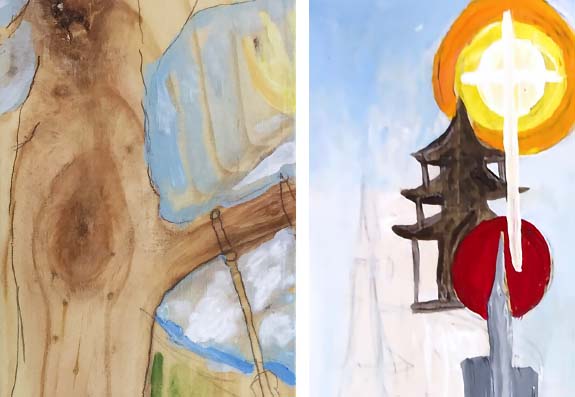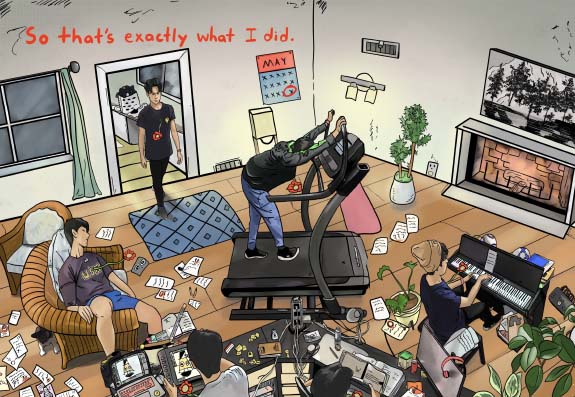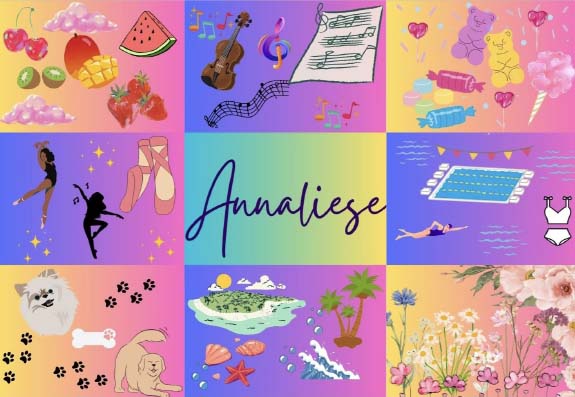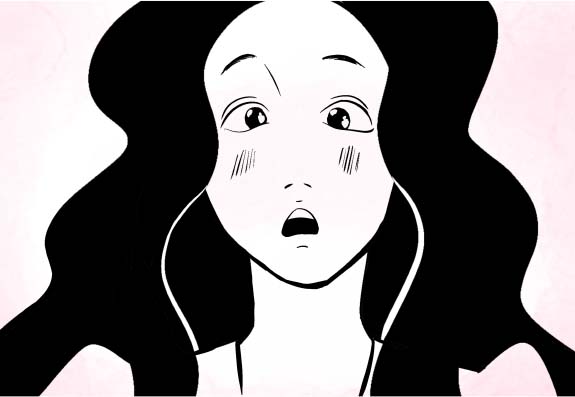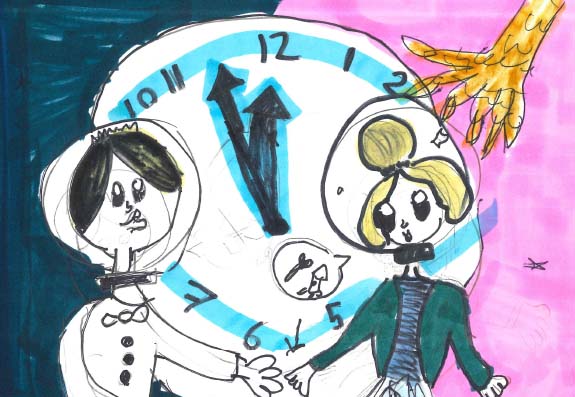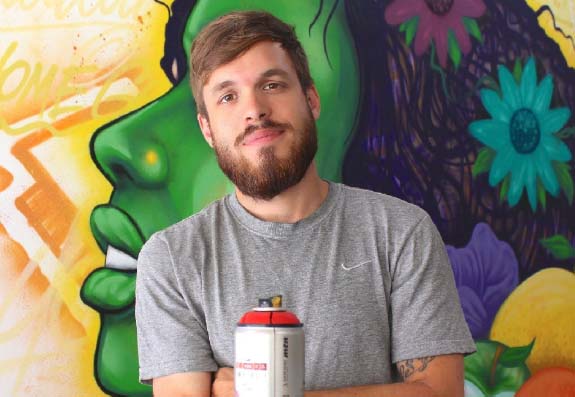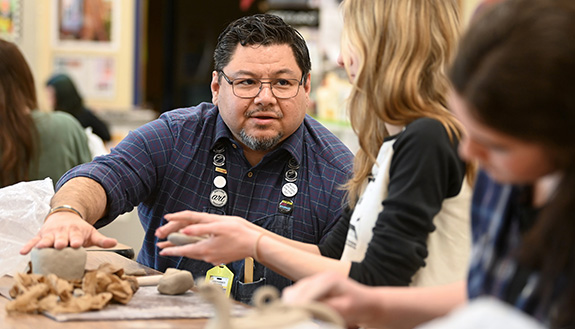
Editor's Letter: Storytelling
How does one begin to tell a story? Does it start with a memory, a recent experience, or perhaps an essential question that sparks an idea? Through the stories we share, we can transport our students on a journey via our words, images, and excitement. Our stories are as unique as the students we teach.
Read Article
